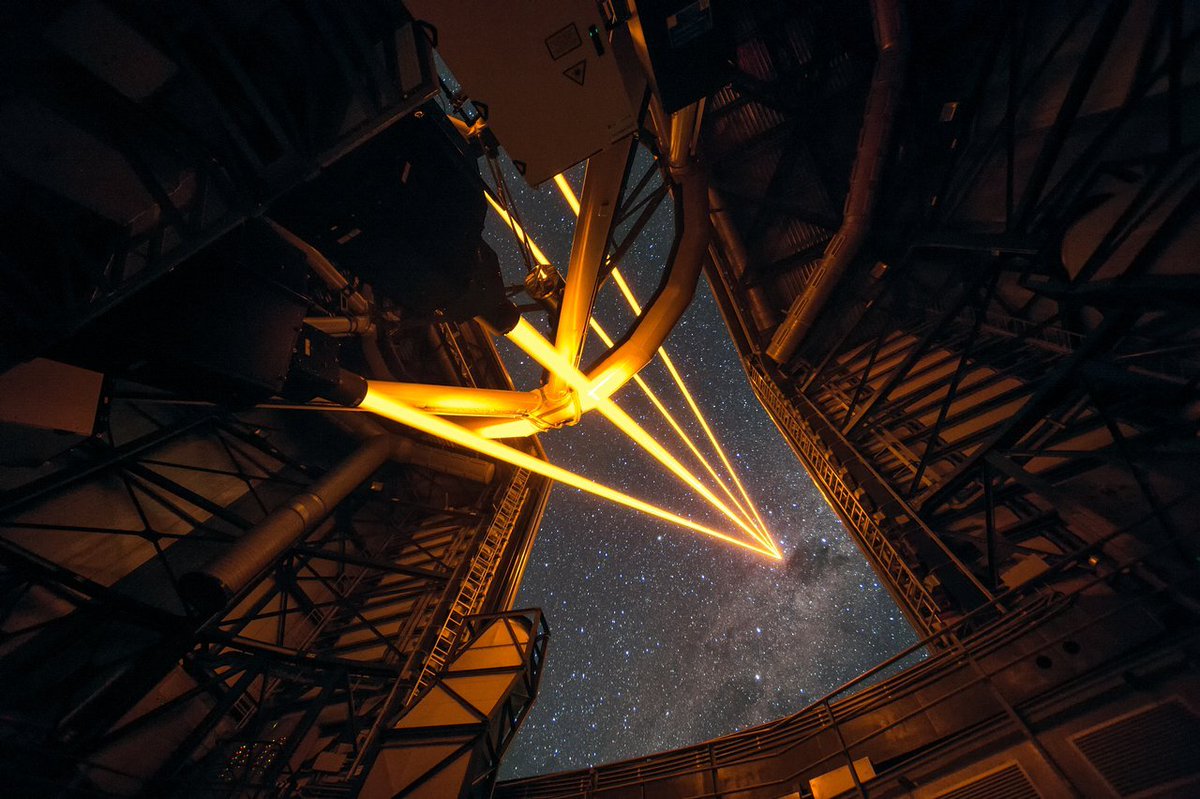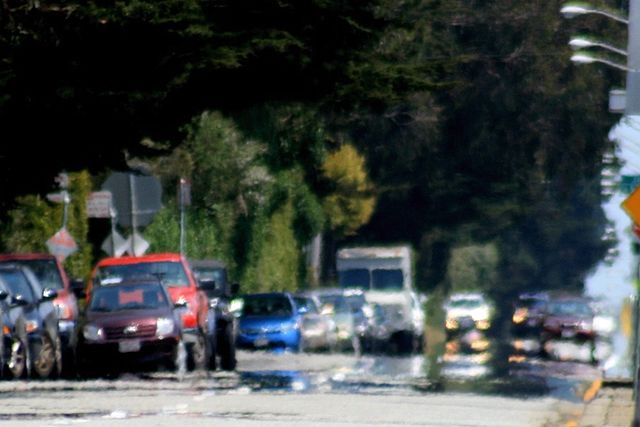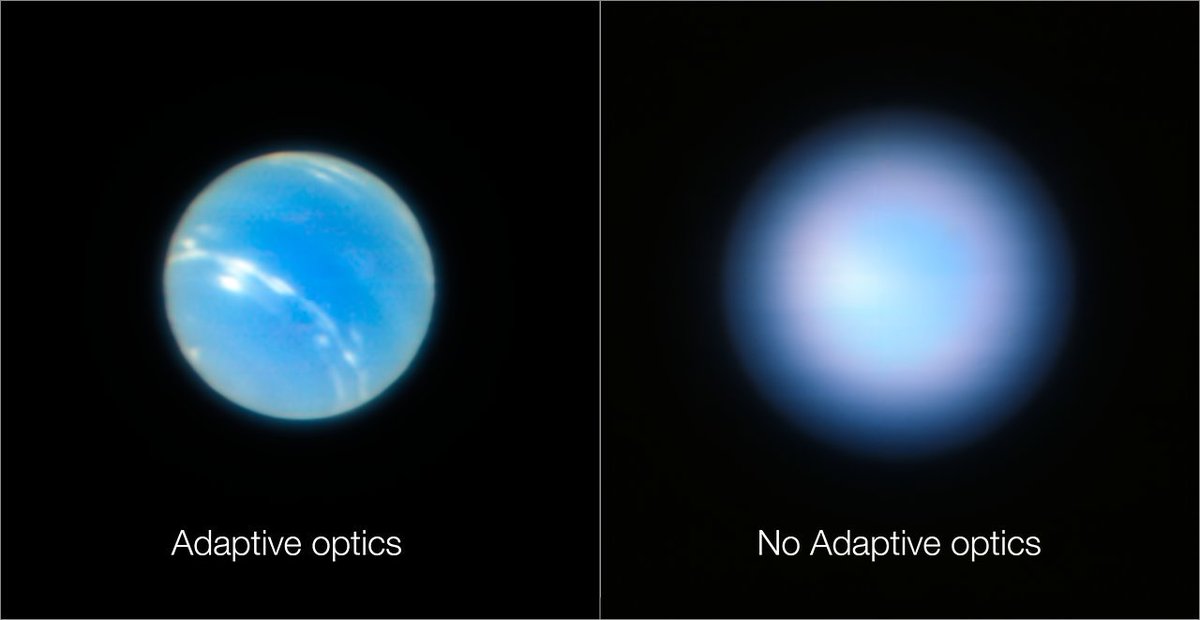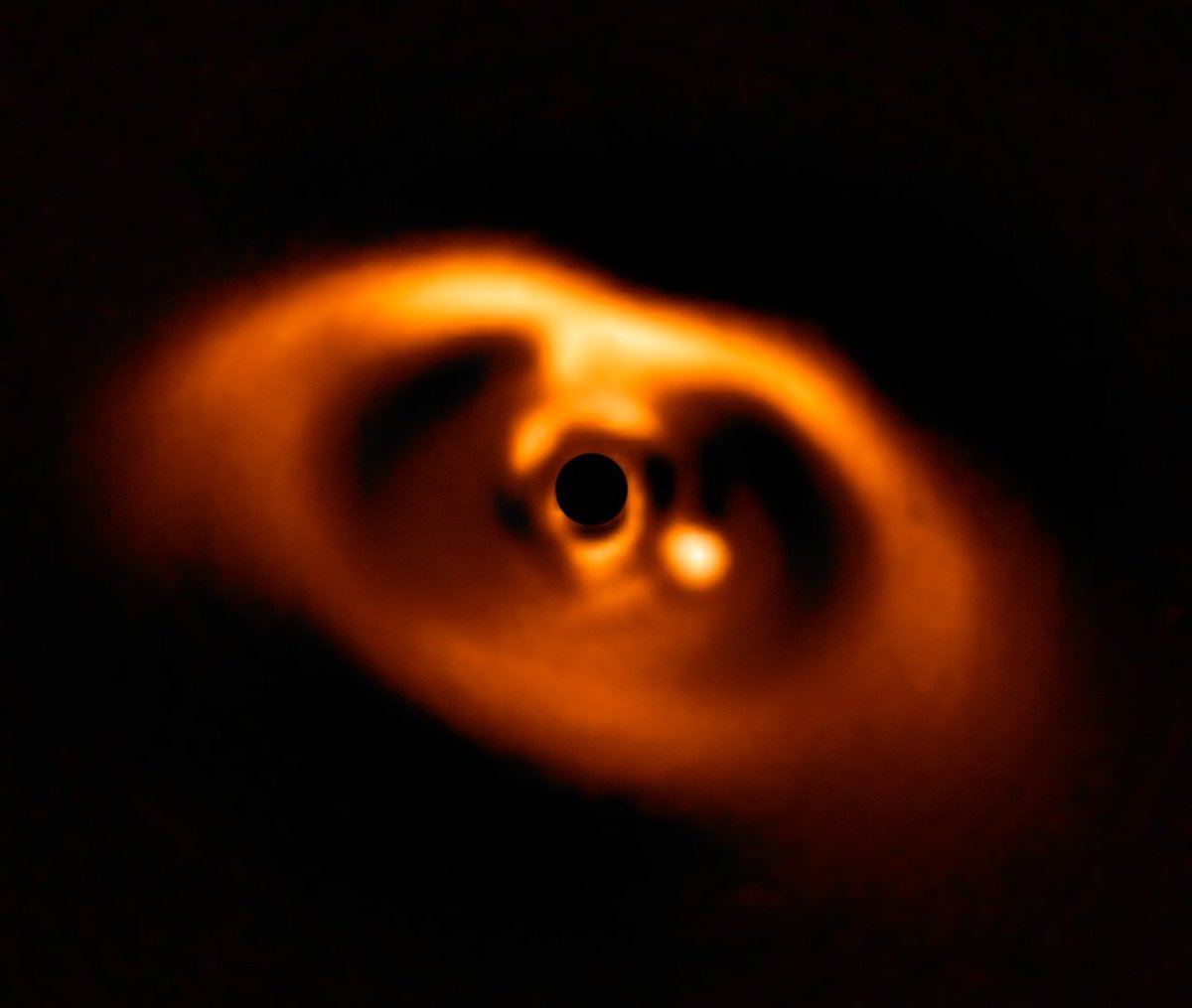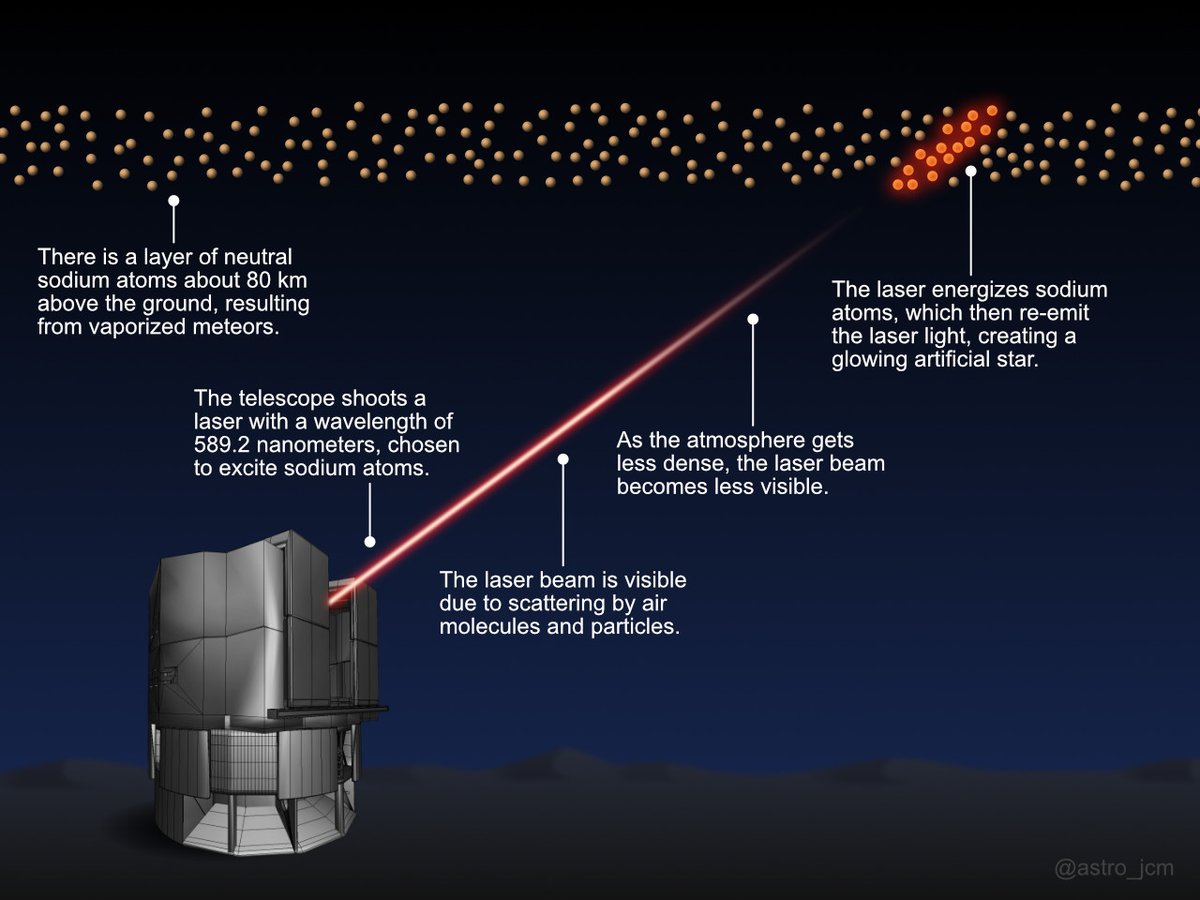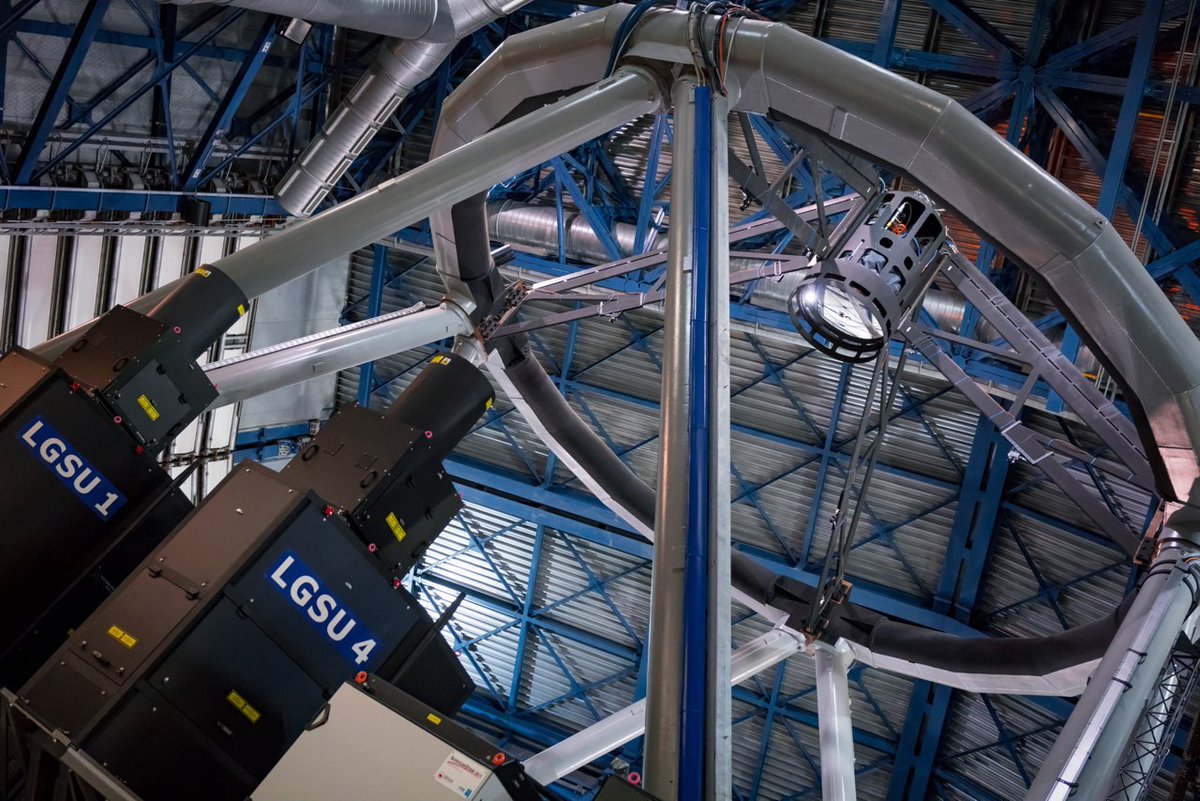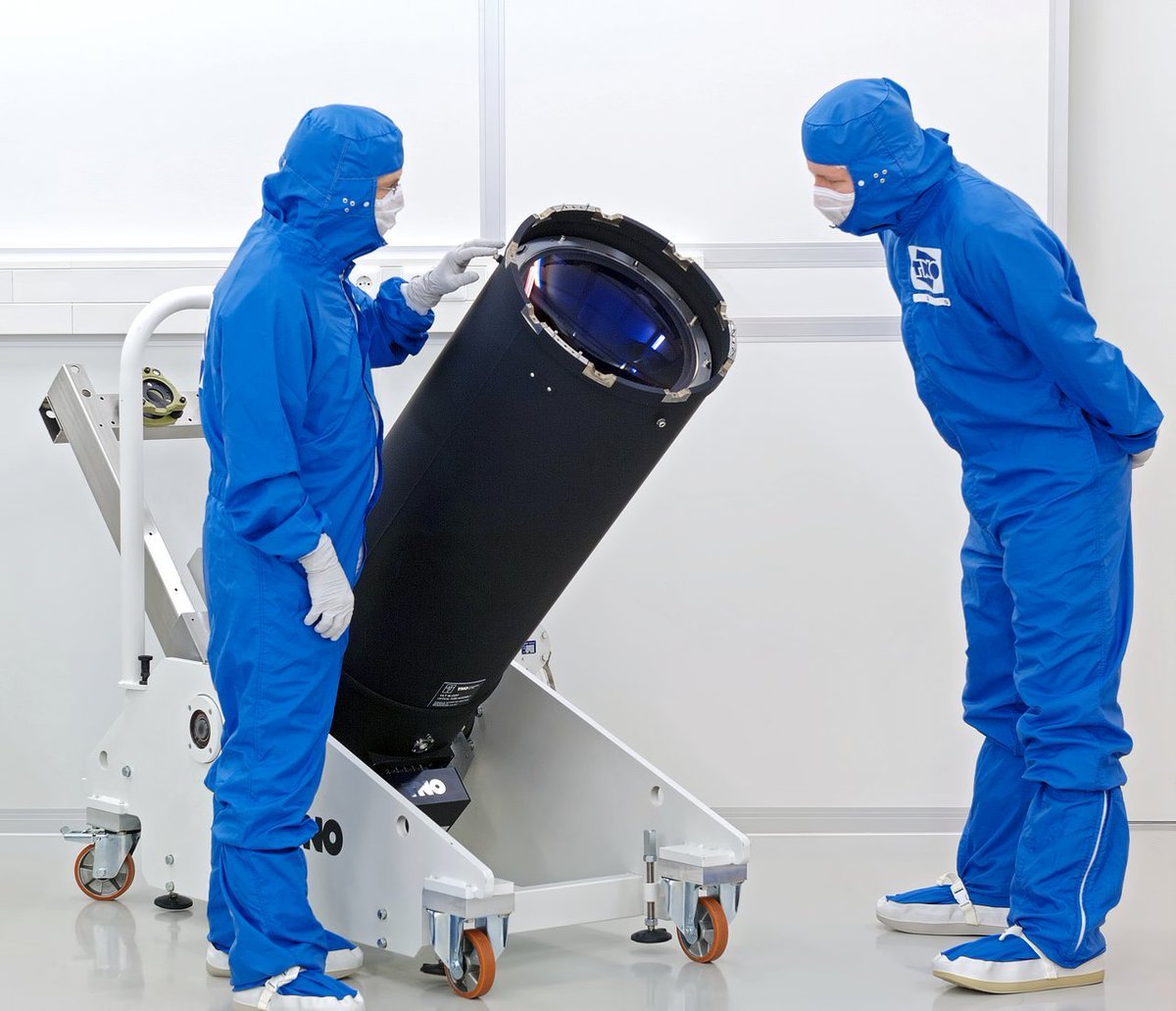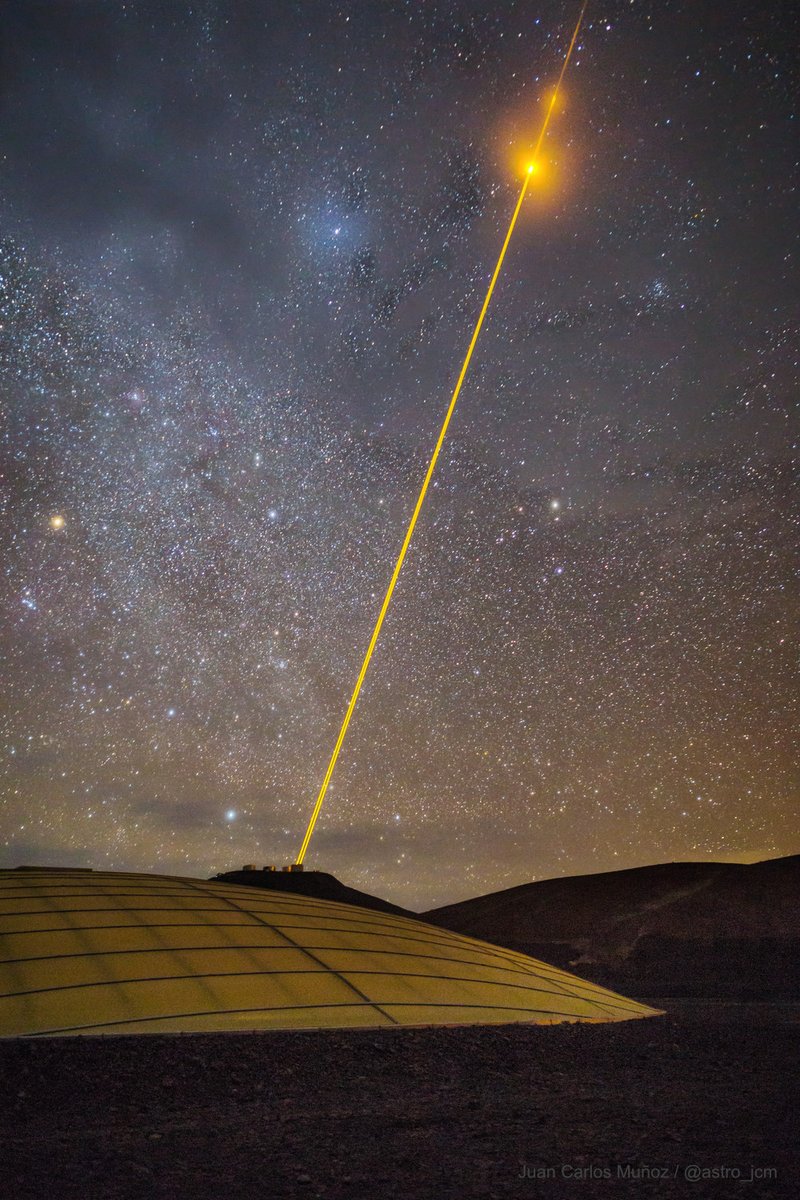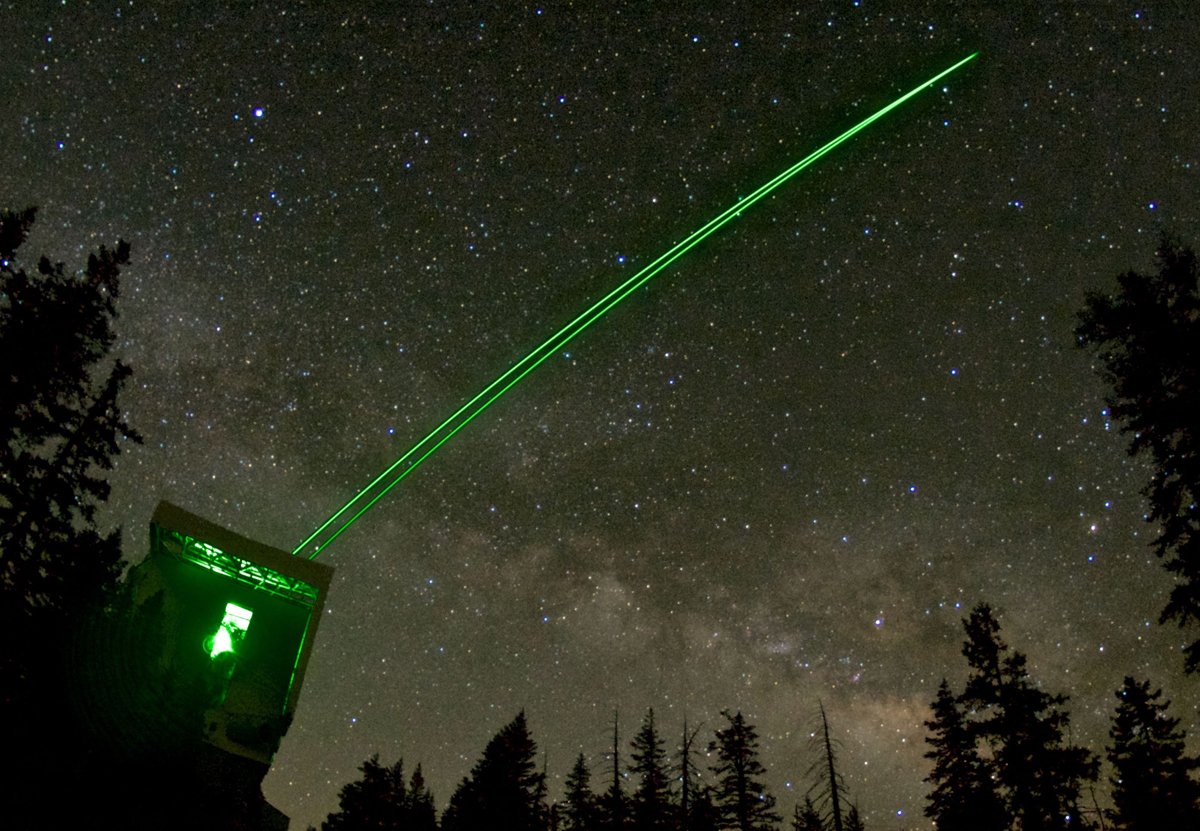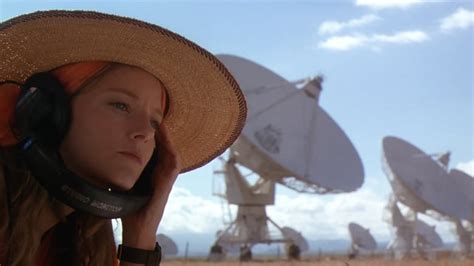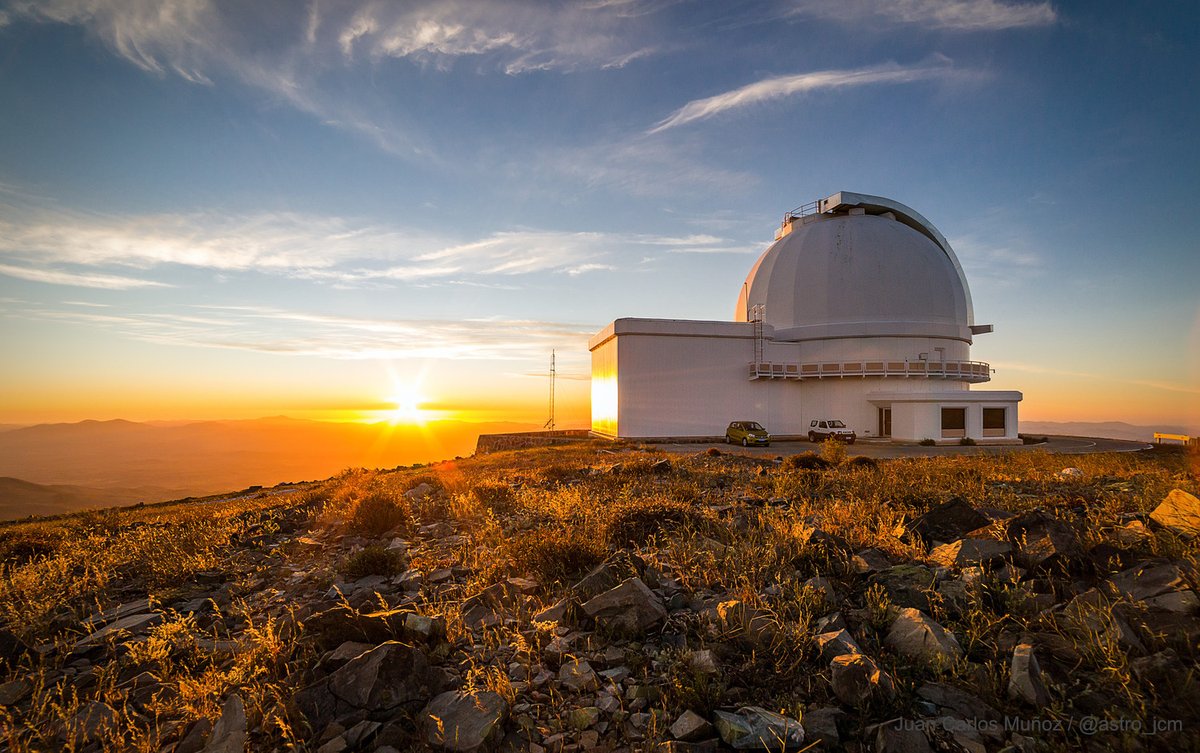A: Yes, this is called *active* optics (not adaptive). These large mirror bend under their own weight, so we deform them to correct this. But this is done about once per minute or so, not 1000s of times per second!
A: No. Officially.
A: While the artificial stars are about 80-90 km above the ground, the light of the lasers continues well past that. We just don’t see it because there’s nothing to scatter the light around as the air becomes too thin.
A: They’re deposited by meteorites as they break up when they enter the atmosphere. Which means we’re using stuff that came from space to help us observe space :-)
A: In the past, observatories had spotters that would stay out watching out for planes coming close to the lasers. Now we have aircraft avoidance systems that shut down the lasers if planes are detected in the vicinity of the lasers
A: Yes. We use a tool (developed for Mauna Kea) to coordinate observations between telescopes. Also, some instruments can’t see the lasers because they observe at different wavelengths, so they're not affected.
A: no :-) But we do play lightsaber sounds (this is true!).

